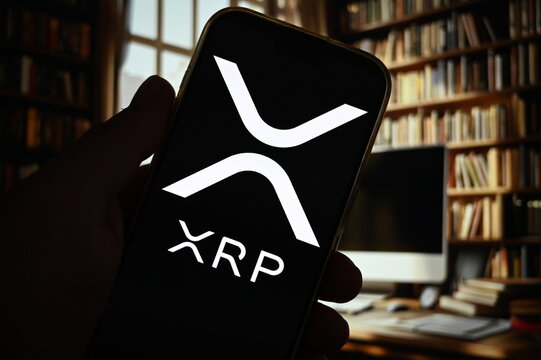SBI Shinsei Bank announced that it plans to explore the launch of DCJPY, a yen-denominated tokenized deposit for corporate and retail clients.
The bank also plans to enable foreign currency deposits using tokenized solutions. By adopting distributed ledger technology (DLT), it aims to support multi-currency clearing and settlement efficiently.
Sponsored
Sponsored
Strategic Partnership to Integrate Tokenized Deposits
The initiative is part of a collaboration with domestic fintech DeCurret DCP and Singapore-based Partior. The three companies signed a memorandum of understanding to outline a framework for cooperation.
SBI Shinsei and DeCurret DCP will use Partior’s tokenized deposit platform, which global banks including J.P. Morgan, Standard Chartered, Deutsche Bank, and DBS already employ. The platform supports tokenized deposits in US dollars, euros, and Singapore dollars.
The collaboration will test DCJPY for domestic and cross-border payments. The partners will explore how yen-denominated deposits can connect to broader cross-border networks, enabling real-time settlements. The project will first focus on domestic implementation, with foreign currency tokenized deposits considered in later phases.
Image of Collaboration with Partior’s Interbank Currency Settlement Platform Source: SBI Shinsei BankPlatform Enables Real-Time Cross-Border Payments
Partior’s platform enables multi-currency settlement using DLT, providing continuous availability and transaction transparency. By adding yen, the partners intend to assess practical use cases for Japanese clients while evaluating international applicability.
Sponsored
Sponsored
DeCurret DCP will work on integrating DCJPY into cross-border networks to facilitate payments. The companies plan to finalize operational agreements and clarify responsibilities before launching. Japanese media report that SBI Shinsei intends to issue DCJPY in fiscal 2026. Japan Post Bank also plans to launch DCJPY by 2026, making it the second Japanese bank to adopt tokenized deposits.
DCJPY vs Stablecoin JPYC: Key Differences
DCJPY and JPYC are both digital yen-backed assets, but they differ in structure and regulation. JPYC operates on public blockchains, is globally accessible, and is backed by third-party collateral. In contrast, DCJPY uses a permissioned blockchain, is fully backed 1:1 by fiat yen, and banks directly endorse it.
Both assets operate under the supervision of Japan’s Financial Services Agency (FSA) but follow different regulatory frameworks. JPYC, registered as a fund transfer service provider, primarily adheres to the Payment Services Act and the Financial Instruments and Exchange Act. DCJPY will operate under banking regulations, which impose stricter compliance and oversight.
Global Trend Toward Tokenized Deposits and Stablecoins
Financial institutions increasingly adopt tokenized deposits and stablecoins to improve efficiency and security. Tokenized deposits, such as JPM Coin by J.P. Morgan, represent customer funds held 1:1 in bank accounts. These tokens, issued on permissioned blockchains, allow real-time payments within and between institutions.
Stablecoins, pegged to fiat currencies, maintain a constant value and support cross-border payments, remittances, and digital economy transactions. Regulatory scrutiny remains high, and authorities monitor their adoption closely.
Major firms, including Goldman Sachs and BNY Mellon, are exploring tokenized assets to enhance liquidity and reduce transaction costs. BNY Mellon’s LiquidityDirect platform integrates with Goldman Sachs’ GS DAP blockchain, enabling clients to subscribe and redeem tokenized money market funds efficiently.
Source: https://beincrypto.com/sbi-shinsei-explores-dcjpy-tokenized-deposits-in-strategic-partnership/


